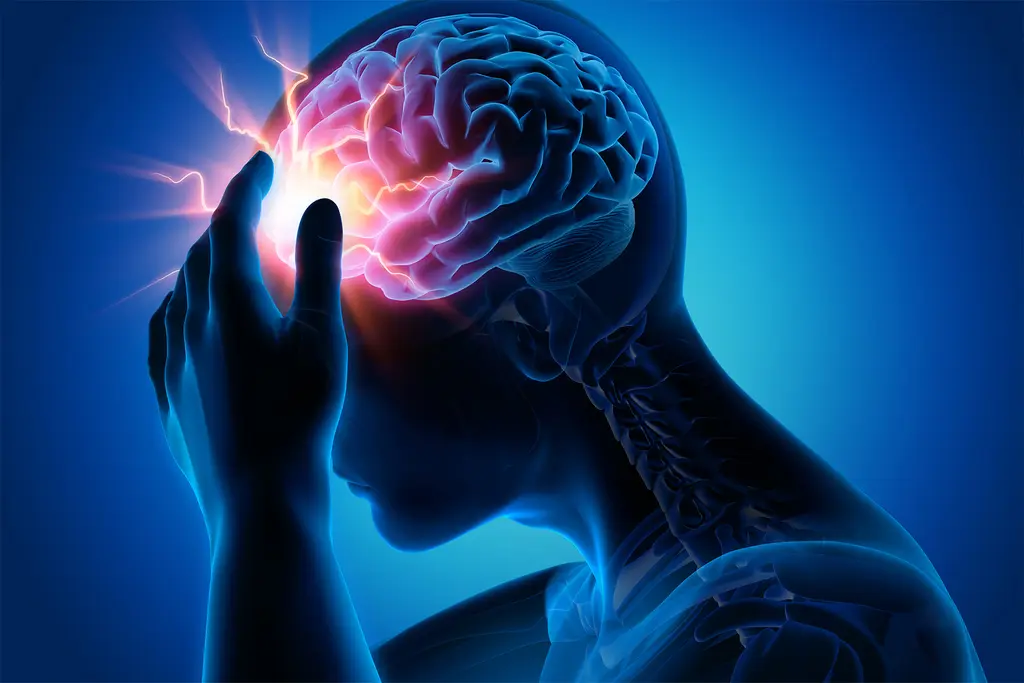
If you get serious migraine headaches, you may wonder how to talk to your doctor about them. The key is to include lots of details about your symptoms, whether your treatment works, how many episodes you have, and how they affect your daily life.
You may need to work with a team of doctors to manage your acute or episodic migraine pain. But whether you see your primary care doctor or a headache specialist like a neurologist, there are certain things to include in your migraine discussion.
Describe Your Migraine
Everyone is different. But it’s important to tell your doctor exactly how your headache feels to you. Let them know if you have other symptoms that come with along with head pain. And make a list of all the things you can’t do during an episode.
Migraine pain is often described as:
- A dull ache that grows steadily over an hour or so
- Sharp and one-sided
- Throbbing or pulsing
Once the pain peaks, you may feel constant pressure. This may or may not spread to both sides of your head. Your symptoms may be so serious you can’t do everyday things like go to work or school.
You may also:
- Get sick to your stomach or throw up
- Be extra sensitive to light, sound, or smells
- Have neck pain or stiffness
- Need to lie down or stay still
Still need help explaining your head pain? Here are some words commonly used to describe migraine:
- Stabbing
- Crushing
- Ice pick
- Hot poker
- Tingling
If you have migraine, your headache may also:
- Get worse with exercise or movement
- Feel like it’s strongest behind your eye
- Cause steady pain that feels like a tension headache
- Last 4 to 72 hours (if left untreated or unsuccessfully treated)
- Go away with sleep
If you have a vestibular migraine (sometimes called a “dizzy migraine”), you may get head pain along with:
- Vertigo that lasts minutes, hours, or days
- Loss of balance or unsteadiness
- Sensitivity to movement
- Ringing, pressure, or fullness in one or both ears
Some people with migraine also get allodynia. That’s when you feel pain, especially in your skin, from things that shouldn’t hurt. For instance, you may find it hard to:
- Brush your hair
- Shave
- Take a shower
- Put in contact lenses
Know What to Track
All acute migraine-specific medications work best when taken at the first sign of head pain. The good news is certain things can tip you off that a headache might be coming.
Keep a headache diary for at least a month. Write down how long your migraine lasts, where you get pain, and what medications did or didn’t help you feel better. And jot down what happens before, during, and after your headache.
There are typically four phases of a migraine episode. Here’s a breakdown of each one:
Prodrome. These are physical or mental changes that happen 24 to 48 hours before a headache starts. For example, your mood or ability to concentrate may go down. You may also get really tired or yawn a lot.
Other prodrome symptoms are:
- Food cravings
- Being thirsty
- Peeing more often
- Constipation
- Neck pain or stiffness
You may also have:
- Sensitivity to light and sound
- More or less energy than usual
- Trouble sleeping
Aura. Around 1 in 4 people with migraine get an “aura.” These are sensory changes that typically last for 5 to 60 minutes and come before a headache. But you may not always get head pain after an aura.
Aura symptoms may include:
- Seeing flashing lights, bright spots, or zigzag lines
- Other vision changes or vision loss
- Numbness or tingling in your face, hands, or limbs
- Trouble talking
- Muscle weakness
- Hearing sounds that aren’t there
Some aura symptoms may seem like the ones that happen in the prodrome phase. But aura generally lasts for a shorter amount of time. But you may need your doctor’s help to tell the difference.
Your senses should go back to normal once your headache starts or after your migraine is over. But tell your doctor right away if you get new aura-like symptoms. They’ll want to make sure you’re not having a stroke or another serious health problem.
Headache. This is the stage when you get those throbbing and aching symptoms that migraine is known for. Your doctor will want to know the following about your headaches:
- How many do you get a week or month?
- How long does your head pain last?
- Does medication get rid of your headache?
- Do you get four or more headaches month?
- Do you have eight or more headache days a month?
If you take a prescription migraine medication, tell your doctor if it doesn’t knock your headache out within 2 hours. They may want to change your dose or switch you to another drug.
Also tell your doctor if you wake up with a headache. These nighttime or early morning migraine episodes are sometimes called “alarm clock” or hypnic headaches. You may need fast-acting shots or preventive treatment if you get these a lot.
Postdrome. You might hear this called the migraine hangover. It refers to symptoms that stick around 24 to 48 hours after your headache goes away. They can be similar to how you feel right before your head pain starts.
Some examples of postdrome symptoms are:
- Trouble thinking clearly
- Fatigue
- Depressed mood
- Scalp sensitivity
- Dizziness
Goals for Treatment
Ask your doctor to help you come up with a migraine action plan (MAP). That’s a step-by-step process for how to manage a headache and what to do if your go-to treatments don’t help. Visit the website of the American Headache Society to download a MAP for your next visit.
You may need fast-acting “acute” medication to stop a headache after it starts, preventive treatments, or a mix of both.
Your goals with acute migraine treatment might include:
- Relief from pain and your worst symptoms within 2 hours
- The ability to get back to daily life
- Medication that works well and doesn’t cost a lot
- Little to no side effects
- Little or no need for a repeated dose or a rescue medication
- Minimize ER visits for Migraines
Your goals for preventive therapy may be to:
- Lower the number, intensity, and duration of episodes
- Boost how well you respond to acute drugs
- Lessen how much you need acute drugs
- Help you function better
- Lower how much medication you need overall
Preventive treatment may not get rid of all your future headaches. But it can give you a sense of control and lessen the toll migraine takes on your life.
Show Sources
(Photo Credit: LWA/Dann Tardif/Getty Images)
SOURCES:
UpToDate: “Migraines in adults.”
American Migraine Foundation: “What Is Migraine?” “A Guide to Talking to Your Doctor About Migraine,” “Migraine Prodrome: Symptoms and Prevention,” “Migraine Hangover.”
Christopher Gottschalk, MD, FAHS, director, Yale Headache & Facial Pain Center; professor of neurology, Yale School of Medicine.
Anne Yacoub, MD, co-director, Johns Hopkins Headache Center; assistant professor of neurology, Johns Hopkins University School of Medicine.
American Family Physician: “Acute Migraine Headache: Treatment Strategies.”
Johns Hopkins Medicine: “Vestibular Migraine.”
Mayo Clinic Health System: “What are the stages of migraine?”
Mayo Clinic: “Migraine with aura,” “Nighttime headaches: How can I get relief?”
Headache: The Journal of Head and Face Pain: “The American Headache Society Consensus Statement: Update on integrating new migraine treatments into clinical practice.”
Headache: “Review of Acute Treatment of Migraine Trial Results With the New FDA Endpoints: Design Implications for Future Trials,” “Migraine Action Plan (MAP).”
